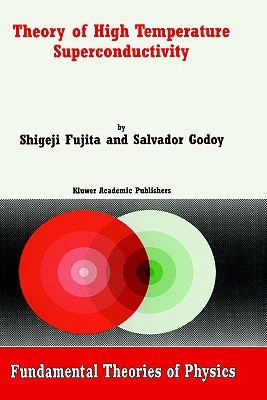
- We will send in 10–14 business days.
- SAVE -10% with code: EXTRA
Reviews
Description
Flux quantization experiments indicate that the carriers, Cooper pairs (pairons), in the supercurrent have charge magnitude 2e, and that they move independently. Josephson interference in a Superconducting Quantum Int- ference Device (SQUID) shows that the centers of masses (CM) of pairons move as bosons with a linear dispersion relation. Based on this evidence we develop a theory of superconductivity in conventional and mate- als from a unified point of view. Following Bardeen, Cooper and Schrieffer (BCS) we regard the phonon exchange attraction as the cause of superc- ductivity. For cuprate superconductors, however, we take account of both optical- and acoustic-phonon exchange. BCS started with a Hamiltonian containing "electron" and "hole" kinetic energies and a pairing interaction with the phonon variables eliminated. These "electrons" and "holes" were introduced formally in terms of a free-electron model, which we consider unsatisfactory. We define "electrons" and "holes" in terms of the cur- tures of the Fermi surface. "Electrons" (1) and "holes" (2) are different and so they are assigned with different effective masses: Blatt, Schafroth and Butler proposed to explain superconductivity in terms of a Bose-Einstein Condensation (BEC) of electron pairs, each having mass M and a size. The system of free massive bosons, having a quadratic dispersion relation: and moving in three dimensions (3D) undergoes a BEC transition at where is the pair density.
EXTRA 10 % discount with code: EXTRA
The promotion ends in 19d.19:39:23
The discount code is valid when purchasing from 10 €. Discounts do not stack.
- Author: S Fujita
- Publisher: Springer
- Year: 2001
- Pages: 374
- ISBN-10: 1402001495
- ISBN-13: 9781402001499
- Format: 17.9 x 23.3 x 2.7 cm, hardcover
- Language: English English
Flux quantization experiments indicate that the carriers, Cooper pairs (pairons), in the supercurrent have charge magnitude 2e, and that they move independently. Josephson interference in a Superconducting Quantum Int- ference Device (SQUID) shows that the centers of masses (CM) of pairons move as bosons with a linear dispersion relation. Based on this evidence we develop a theory of superconductivity in conventional and mate- als from a unified point of view. Following Bardeen, Cooper and Schrieffer (BCS) we regard the phonon exchange attraction as the cause of superc- ductivity. For cuprate superconductors, however, we take account of both optical- and acoustic-phonon exchange. BCS started with a Hamiltonian containing "electron" and "hole" kinetic energies and a pairing interaction with the phonon variables eliminated. These "electrons" and "holes" were introduced formally in terms of a free-electron model, which we consider unsatisfactory. We define "electrons" and "holes" in terms of the cur- tures of the Fermi surface. "Electrons" (1) and "holes" (2) are different and so they are assigned with different effective masses: Blatt, Schafroth and Butler proposed to explain superconductivity in terms of a Bose-Einstein Condensation (BEC) of electron pairs, each having mass M and a size. The system of free massive bosons, having a quadratic dispersion relation: and moving in three dimensions (3D) undergoes a BEC transition at where is the pair density.


Reviews